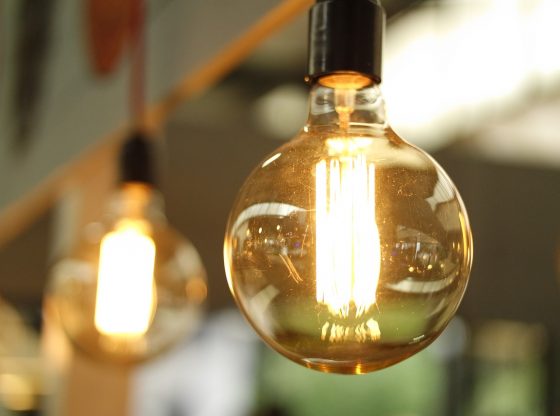Energy conservation is the application made to scale back the consumption of energy by using less energy service and saving it more. Energy conservation isn’t about making limited resources last as long as they will; that might mean that you do nothing until you finally run out of energy resources. Why do we Need to Save Energy?
Conserving energy resources has a lot of benefits. You’ll economize, increase your house value, protect the environment and provide more conveniences and much safer in your house.
This guide teaches you how simple it is to decrease your energy usage at home. Some of the tips are easy to do. Others require more work and investment but promise big savings over the years.
Seek for an Inspection:
Energy inspection is the simplest way to determine wherever your house is wasting energy and where you’ll save. It can assist you to pinpoint a number of the better areas to deal with. When walking through your home, keep a checklist of areas you’ve got inspected and problems you found.
This list will help you prioritize your energy efficiency upgrades if you’ll conduct this sort of home inspection yourself or have a knowledgeable person do an energy audit on your home for you. Either way, the goal is that the same make your home more energy-efficient.
Change Your Traditional Light Bulbs for Energy Conservation:
Traditional incandescent light bulbs consume an excessive amount of electricity and must get replaced more often than their energy-efficient alternatives. LEDs use only 20%–25% of the energy and last 15 to 25 times longer than traditional incandescent bulbs.
Although energy-efficient bulbs are costlier off the shelf, their efficient energy use and longer lifetimes mean that they cost less at the end of the day.
Check for Leaks
Leaks are one of the foremost common downfalls of a house with energy efficiency problems. Air leaks typically form at positions between walls, roofs, doors, windows, and electrical outlets. These vulnerable places are subject to drafts and energy loss, so you’re pouring heat out of those drafty areas – and money.
Seal them with a correct weather-stripping kit that you can find inexpensively at your local ironmongery shop. The proper sort of caulking, or if needed, buy rolls of insulation to pad drafty areas of your home just like the attic or crawl spaces.
Change Your Daily Behaviour for Energy Conservation:
To reduce energy consumption in your home, you will not necessarily leave and buy energy-efficient products. Energy conservation is often as simple as turning off lights or appliances once you don’tdon’t need them.
You’ll also use energy-intensive appliances less by performing chores manually, like hang-drying your clothes rather than putting them within the dryer. Heating and cooling costs constitute nearly half a mean home’s utility bills, so these reductions within the intensity and frequency of heating and cooling offer the best savings.
There are tools you’ll use to work out where most of your electricity goes in your home and which appliances are using the foremost electricity on a day-to-day basis.
Replace your appliances
High voltage appliances are running up your energy bills quite, you realize. It’sIt’s an expense to upgrade and replace all of them, and there’s no way any homeowner can afford to try to do this all directly.
However, upgrading only one fridge, dishwasher, to an appliance that has an Energy Star certification can help you save energy. Within the amount you’d save, that investment is well worthwhile.

